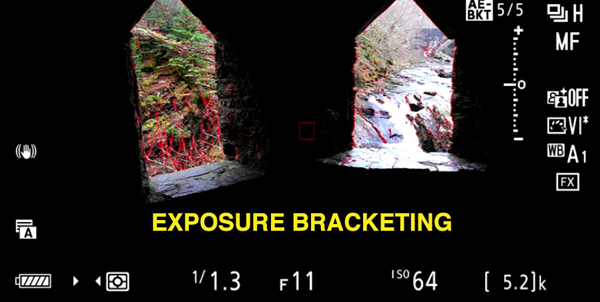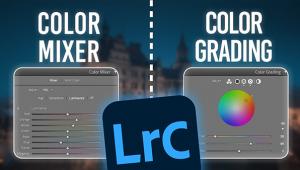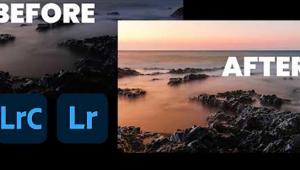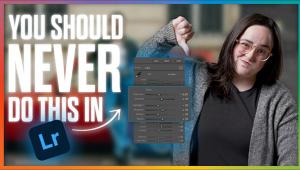How to Use AE Bracketing to Nail Exposure Every Time in Just 3 Minutes (VIDEO)

Outdoor photographers often encounter lighting situations with such a wide range of tones that it’s difficult or impossible to capture a properly exposed image in just one shot. Under such conditions, if you expose for the highlights, shadows are crushed. Conversely, if you expose for the shadows, highlights are blown out.
Bracketing is a powerful technique in which you shoot multiple images of the same scene, with subtle variations in camera settings for each shot. When most photographers hear the term “bracketing,” they immediately think of exposure modifications, which is the subject of this tutorial from the folks at Nikon Europe.

While watching instructor Neil Freeman demonstrate how easy this technique is to achieve, keep in mind that many of today’s modern digital cameras also enable you to bracket other settings like focus, white balance, ISO, and flash exposure. In short, you can think of bracketing techniques as an insurance policy for getting things right.
Freeman demonstrates everything you need to know about AE bracketing in just three minutes. As you’ll see, sometimes one of the three or four images in your sequence is perfect as is, while other times you’ll need to merge a couple shots during the editing process to achieve optimum results.
As Freeman says, “Bracketing enables you to capture highlight detail by shooting underexposed images, while accurately rendering shadow detail by capturing overexposed images.” It’s all about making photos with a wide dynamic range, and Freeman describes the necessary camera settings and important shooting techniques.

He also explains why he selects a high frame rate, and sets the camera to manual focus so it doesn’t refocus between frames in the sequence.
You can find more help tips on the Nikon Europe YouTube channel, and view Freeman’s great work on his Instagram page And don’t miss another basic tutorial we posted recently, explaining five beginner tips for getting started in night photography.
- Log in or register to post comments











































